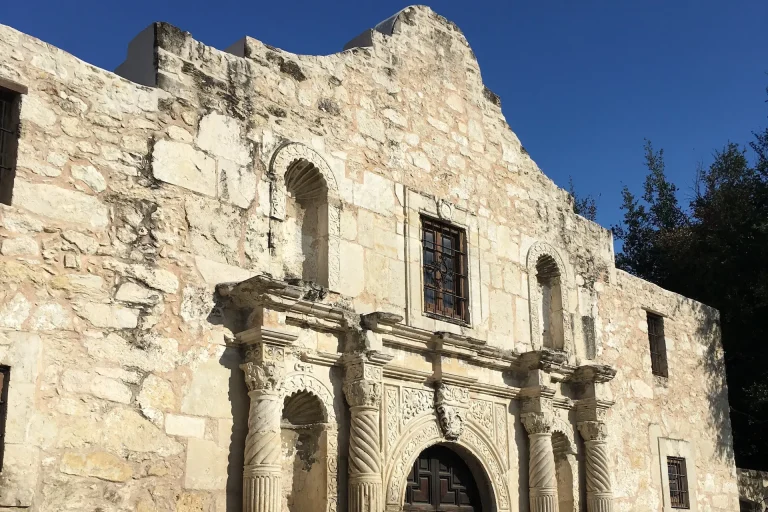As environmental concerns become increasingly urgent, the real estate industry is embracing green practices to promote sustainable living and reduce our carbon footprint. In Texas, a state known for its vast landscapes and diverse ecosystems, the adoption of energy-efficient real estate practices is gaining momentum. From eco-friendly building designs to energy-efficient technologies, the Lone Star State is paving the way for a greener future. In this blog, we delve into the world of green real estate practices in Texas and explore how they are shaping the state’s residential landscape.
1. The Rise of Eco-Friendly Homes
Green real estate practices in Texas often begin with the construction of eco-friendly homes. These homes are designed to minimize their impact on the environment by incorporating sustainable building materials, energy-efficient insulation, and efficient heating and cooling systems. By utilizing renewable resources and reducing energy consumption, these homes contribute to a greener living environment.
2. LEED-Certified Construction
The Leadership in Energy and Environmental Design (LEED) certification is a globally recognized symbol of sustainable building practices. In Texas, developers are increasingly opting for LEED-certified construction, which focuses on energy efficiency, water conservation, indoor air quality, and sustainable site development. LEED-certified buildings not only benefit the environment but also provide healthier living spaces for residents.
3. Energy-Efficient Appliances and Technologies
Green real estate practices in Texas extend beyond construction to the use of energy-efficient appliances and technologies within homes. From solar panels and smart thermostats to energy-efficient lighting and water-saving fixtures, these technologies help residents reduce their energy consumption, lower utility bills, and decrease their carbon footprint.
4. Native Landscaping and Water Conservation
In a state prone to droughts, water conservation is paramount. Many green homes in Texas feature native landscaping, which requires less water and maintenance compared to traditional lawns. Additionally, rainwater harvesting systems are becoming more popular, allowing homeowners to collect rainwater for landscaping and other non-potable uses.
5. Smart Communities and Sustainable Neighborhoods
Texas is witnessing the emergence of smart communities and sustainable neighborhoods that prioritize green living. These communities often incorporate pedestrian-friendly layouts, green spaces, and efficient public transportation options. By encouraging residents to reduce their reliance on cars and promote sustainable transportation, these neighborhoods contribute to a cleaner environment.
6. Energy-Efficient Retrofits and Renovations
Green real estate practices are not limited to new construction. Many homeowners in Texas are opting for energy-efficient retrofits and renovations to upgrade their properties. This can include adding insulation, upgrading windows, and replacing outdated HVAC systems with energy-efficient alternatives, resulting in improved comfort and reduced energy bills.
7. Financial Benefits of Green Real Estate
Choosing green real estate practices in Texas offers not only environmental benefits but also financial advantages. Energy-efficient homes often have lower operating costs, leading to reduced monthly utility bills. Additionally, many green homes qualify for tax incentives, rebates, and other financial incentives, making them a sound investment for both homeowners and investors.
8. Promoting Healthy Indoor Air Quality
Green real estate practices prioritize indoor air quality by using low-VOC (volatile organic compounds) materials, proper ventilation systems, and natural ventilation methods. This contributes to healthier living environments and reduces the risk of respiratory issues.
9. Green Real Estate Education and Awareness
Education and awareness play a vital role in promoting green real estate practices in Texas. Realtors, developers, and homeowners are increasingly educated about the benefits of energy-efficient living and sustainable construction. By understanding the positive impact of these practices, more people are inclined to adopt them.
10. A Greener Future for Texas Real Estate
As the demand for sustainable living grows, green real estate practices are becoming an integral part of the Texas real estate landscape. From innovative building designs to cutting-edge technologies, these practices are shaping the future of homes and communities in the Lone Star State. As more individuals and businesses recognize the importance of environmental responsibility, the greener future of Texas real estate is bright and promising.
Conclusion
Green real estate practices in Texas are a testament to the state’s commitment to preserving its natural beauty and ensuring a sustainable future for its residents. From eco-friendly homes to energy-efficient technologies, these practices offer a win-win solution by promoting environmental responsibility and providing financial benefits. As Texas continues to embrace green real estate, it paves the way for a more sustainable and eco-conscious way of living that benefits both current and future generations.






